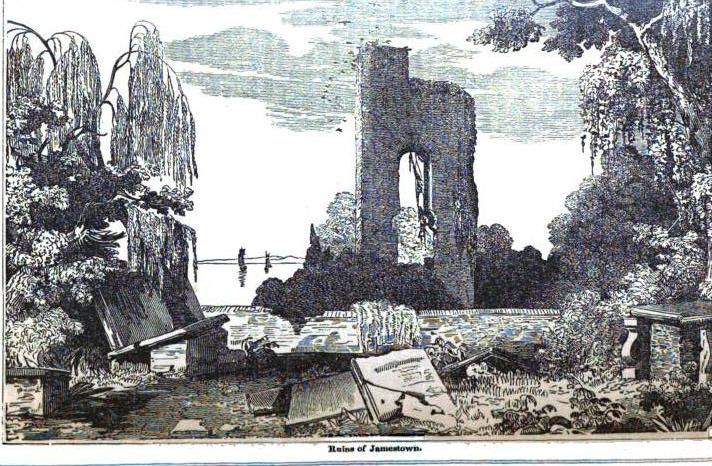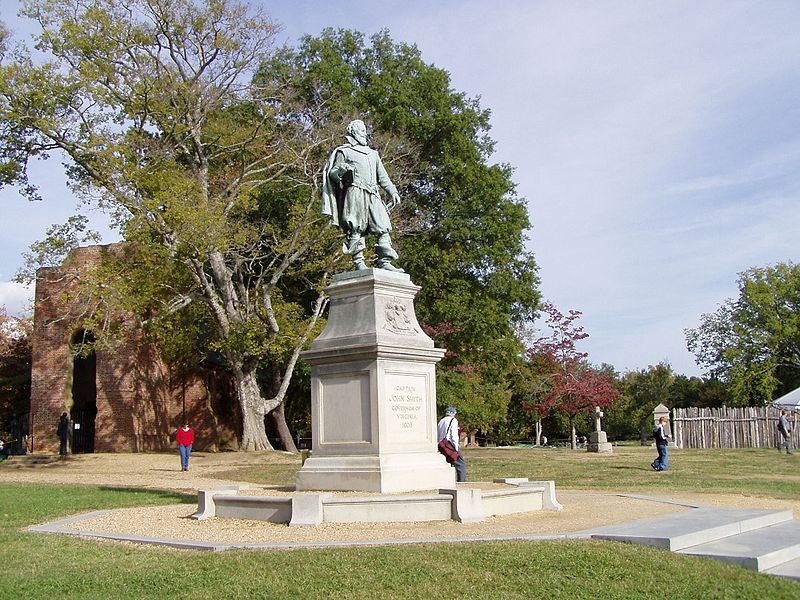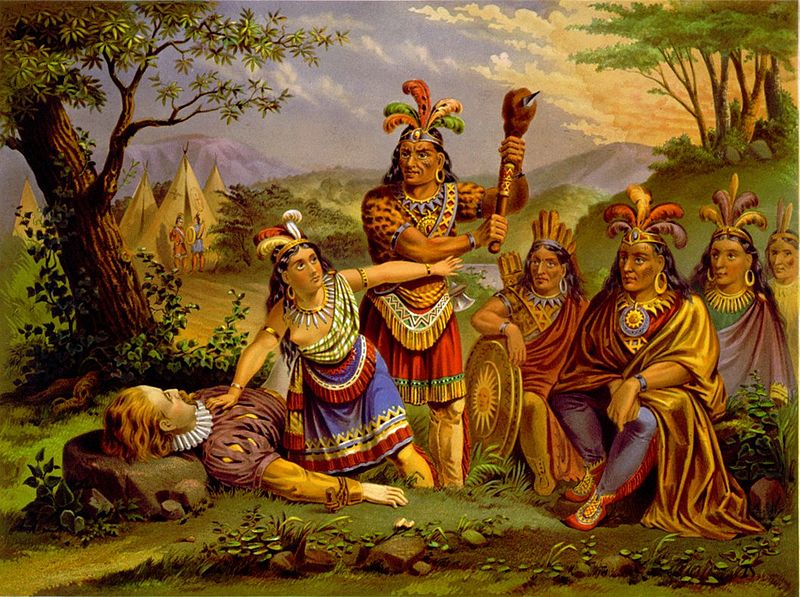 Virginia has a long and rich history. Originally called Jamestown after the king of England at that time, King James I, it was also known as “Old Dominion.” It was one of the first ever British colonies in the New World. Some call it the “Mother of Presidents,” as eight U.S. presidents were born and raised in Virginia. If it wasn’t for certain historical events, Virginia wouldn’t be what it is today. This is the reason why the colonial history of Virginia is important. As one of the thirteen colonies that united to declare independence from the British crown, Virginia has come a long way from being a Southern British colony to a thriving metropolitan state.
Virginia has a long and rich history. Originally called Jamestown after the king of England at that time, King James I, it was also known as “Old Dominion.” It was one of the first ever British colonies in the New World. Some call it the “Mother of Presidents,” as eight U.S. presidents were born and raised in Virginia. If it wasn’t for certain historical events, Virginia wouldn’t be what it is today. This is the reason why the colonial history of Virginia is important. As one of the thirteen colonies that united to declare independence from the British crown, Virginia has come a long way from being a Southern British colony to a thriving metropolitan state.
Early Days
It all started in mid-1606, when the king of England, King James I, gave a land grant to two English companies to settle in what is now modern-day Virginia, as the king tried without success to produce in the New World a successful and thriving country.
The first of the two English companies to travel and settle in Jamestown was the London Company. King James of England agreed for the company to set up a fort, a settlement and a company building with two main goals: to find bountiful gold and to find a route to the South Seas or the Orient. King James I also asked the company to find the Lost Colony in Roanoke Island, which had mysteriously disappeared after having set up the first settlement in the New World.
Captain John Smith
By December of the same year when King James granted the mission, a total of 105 men arrived at Jamestown, having experienced hunger because of the lack of food. Forty-five men didn’t make it to their destination. After a year, they arrived at Chesapeake Bay, called it Cape Henry, and set up a fort about 60 miles from it. Recorded history says that the large triangular fort was set up within a month’s time, because some men who survived the seas and landed on the bay were craftsmen, artisans and laborers. This fort was first thought of when their arrival angered the natives of Algonquian, in which numerous attacks ensue. Inside the wooden fort were a church, a storehouse, and the settler’s houses.
 Captain John Smith kept the colony from fading, but the colony was shaky to start with. Disease, famine and Algonquian attacks didn’t make living easy. It is curious that Captain John Smith said that the place they had gone into was a paradise for man. The land quickly turned out to be unfriendly, brutal and unforgiving. Insects, harsh winters, and intense heat had all taken a toll on the ill-prepared colonists and settlers by surprise, causing the death of most of the original population which were 214 men and women.
Captain John Smith kept the colony from fading, but the colony was shaky to start with. Disease, famine and Algonquian attacks didn’t make living easy. It is curious that Captain John Smith said that the place they had gone into was a paradise for man. The land quickly turned out to be unfriendly, brutal and unforgiving. Insects, harsh winters, and intense heat had all taken a toll on the ill-prepared colonists and settlers by surprise, causing the death of most of the original population which were 214 men and women.
Both the head of the colony and its members were bent on making a success of their settlement, but if it weren’t for the Captain and their “friendship” and trades with the Powhatan Indians that kept the colony alive, the course of history would have changed and it wouldn’t have led to events that made what is now known as Virginia. The culture, language, government and customs of the early patriots of Virginia would shape in part what is now known as the United States of America.
Many of the original settlers were what Captain John Smith considered as “gentlemen,” by this, he meant that these men wouldn’t know what labor and working meant. They had been lured into the situation by the London Company and by the king of England himself who thought that Virginia a land of gold and answers to expanding his kingdom.
1609 “Starving Time”
It was in 1609 that nine ships from England arrived at Jamestown with 400 hungry mouths to feed. The colony had gone through horror after horror, with very poor living conditions resulting in the deaths of many. The colony saw the worst when the man who had been struggling for so long to keep the colony together, Captain John Smith, was injured in a gunpowder explosion and had to go back to England. But the leaders who were meant to save the colony could not even save themselves from the horrors of the Bermuda.
Jamestown was known for its deathly winters and soon after Captain John Smith left the colony, the settlers experienced the worst winter known as the “Starving Time.” No more than 10% of the whole colony’s population survived this winter, and their survival was by no means easy. Some colonists had turned to eating pets and mice to be able to survive. Some even turned to cannibalism or scavenging, as they dug up graves of Englishmen and Indians alike in order to be able to feed themselves.
The arrival of stranded ships in Bermuda marked the point of resurrection for the seemingly dead colony of Jamestown. With the ships came new leaders, including the new governor of the colony, Lord De La Ware, and more colonists as well as a large supply of food. The resurrection of the colony began.
Helped by Pocahontas & Tobacco
In 1612, John Rolfe one of the early settlers in the New World, was successful in growing tobacco. Tobacco easily became the main export of the colony. His friendship with a native American woman  named Pocahontas dramatically improved the bad relationship of the settlers and the native Americans. After some years, John Rolfe won the heart of the young woman, Pocahontas. But it is unknown to what extent she helped him through the tobacco cultivation process. Their marriage brought about eight years of peace between the Powhatan Indians and the English settlers.
named Pocahontas dramatically improved the bad relationship of the settlers and the native Americans. After some years, John Rolfe won the heart of the young woman, Pocahontas. But it is unknown to what extent she helped him through the tobacco cultivation process. Their marriage brought about eight years of peace between the Powhatan Indians and the English settlers.
With John Rolfe, Jamestown became a bountiful source of tobacco. The business was booming, and tobacco would be the main currency for quite a time. The English colony in Jamestown hadn’t found what the king of England had asked them to find. They didn’t find gold or the route to the Orient, or the lost colony of the English in the Roanoke. They found tobacco instead. In a span of several years, the dying colony of the English in Jamestown quickly became the first ever permanent English settlement in the New World.